Wed 18 Sep 2019
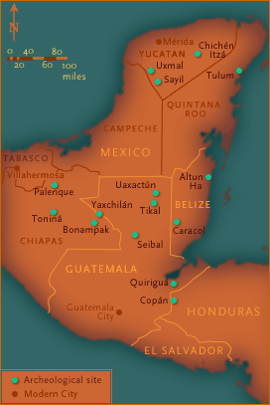
Mayan Worldview
The Maya regarded the universe as four-sided. At each corner of the world a tree grew and its color corresponded to the color of that direction: red for the east, white for the north, black for the west, and yellow for the south. The species of tree is known in mesoAmerica as the Ceiba tree, with a flat bark and voluptuous, exposed roots. In the middle was another tree known as the tree of the world and it grew so high that its branches pierced the thirteen layers of the heavens. The underworld had nine layers.
What moved in the world was a succession of deities. The location of deities influenced decisions about when was best to go to war, to plant crops, to conceive a child, and so on. As a result, understanding which deities were where at any given time, a responsibility shouldered by the large class of priests, was all-important and calendars were elaborate. Source: Inga Clendinnen.
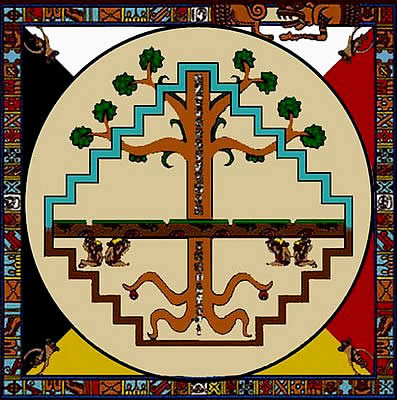
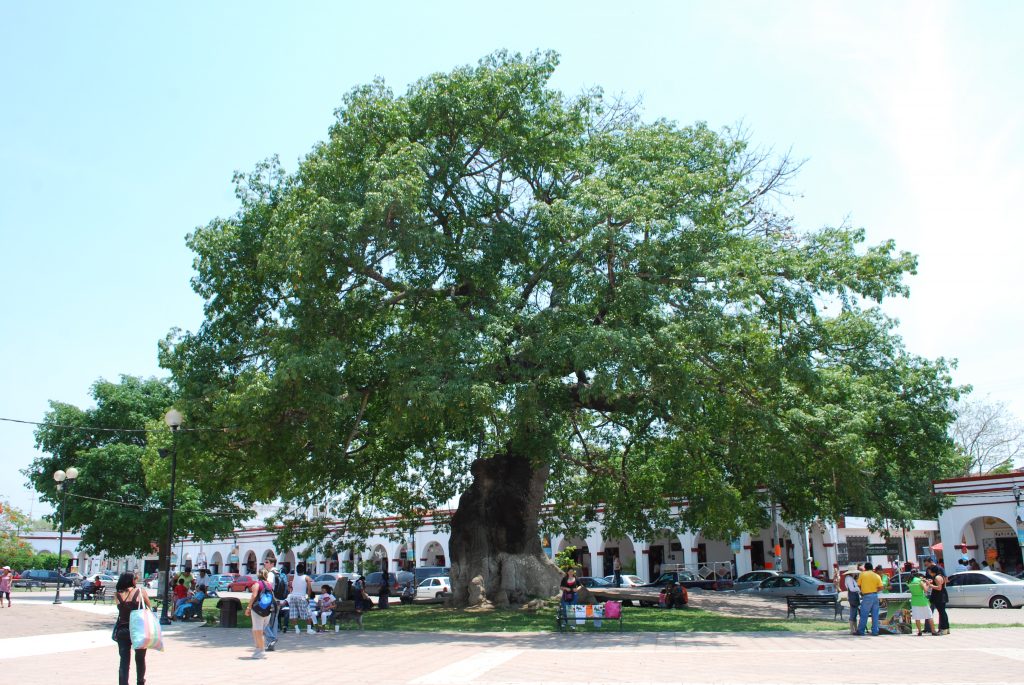
Notions of Time
Maya views of time, which shares with other pre-Columbian peoples a cyclical view, elaborated the most complex systems and calendars of any group. The Maya understood the solar cycles and maintained a calendar of 365 days, but they also simultaneously observed a ritual calendar, based on lunar cycles, that comprised 260 days with 13 months of 20 days each. Each day was understood to be a combination of a letter and a name. All possible combinations or permutations that are exhausted in 52 years, which marks a major cycle where the combining begins again. Time was believed to begin at some point in the distant past for the Maya in a main calendar far in the past at what equates to 3133 b.c.e. according to our calendar (which is worth noting begins at the birth of Jesus of Nazareth.
A widely circulated claim was made prior to the winter solstice of 2012 that that date marks the end of the universe “according to the Maya”. When you consider that Mayas uses a number of calendars or systems of distinguishing days and other, longer cycles, the prediction of the end of the universe loses the sense of certainty that some were using in reporting this prophecy. According to anthropologist Dr Quetzil Castañeda, the 2012 date does appear in one specific calendar excavated, but he dismisses its significance because so many calendrical systems existed and changed over locations and time.
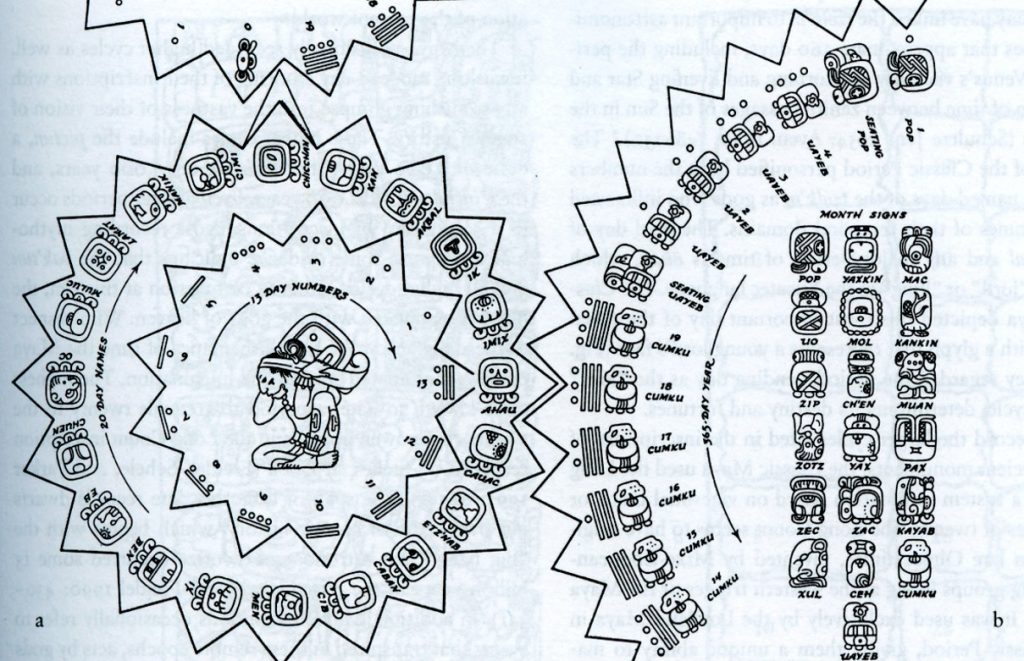
The Popol Vuh of the Highland Maya
The Spanish conquerers led by Pedro Alvarado arrived in 1524 in the area of Guatemala where a subgroup of highland Maya called Quiche are found. Alvarado burned their city of Utatlán and enslaved its residents. A bishop named Francisco Marroquin followed the military conquest with evangelizing the Maya and established altars to conduct baptisms in 1534. Any remnants of pre-Columbian religion were considered idolatry by the priests and destroyed.
The Popol Vuh writings contain stories and doctrine that were originally in Maya system of writing, a sort of hieroglyphics, that existed before the Spanish arrived. From 1554-1557 a Maya wrote from memory this content in the form of Maya phonetic text or in other words using Spanish alphabet to reproduce the sound of the Maya language conveying the Popol Vuh content. This book was hidden and kept a secret from Spaniards in the city of Quetzaltenango for almost 150 years. Then in 1701 a parish priest and Dominican monk based in Quetzaltenango and named Francisco Ximénez persuaded locals to show him the text and he made a copy first in the original Quiche Maya language and from that made a translation into Spanish. The original text has been lost.
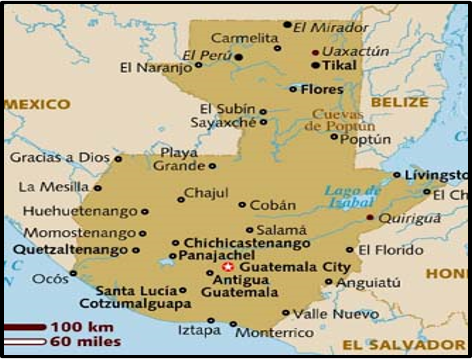
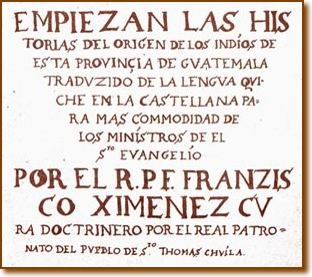
Sources:
Casteneda, Quetzal. email communication. Aug., 2012
Schele, Linda & David Freidel, A Forest of Kings: The Untold Story of the Ancient Maya. New York: Morrow, 1990.
September 18th, 2019 at 2:31 pm
Very good job Dr. Kreitlow